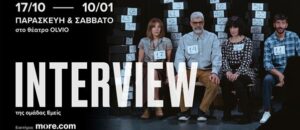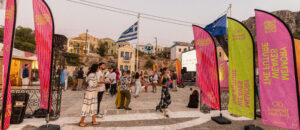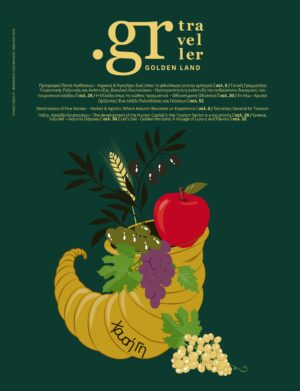“[Folk dances and songs]… have survived as the quintessence of our history. Our history has found its expression in this treasure, which no conqueror has been able to take away.”
-Dora Stratou
Dora Stratou described the “uprooted” Greeks of Pontus, who arrived in the “motherland” in 1923, as a “revelation” for the continuation of our history, since their customs, language and dances “preserve”, up to our days, many elements of our ancient Greek tradition.
From the Eastern or Western Pontus, the mountainous or the plain, they brought with them many and varied dances, some slow and others faster, with a common, warlike or ritualistic character.
To the accompaniment of the lyre or kemendze, the Pontians, to this day, dance Kochari, Tik, Seranitsa, Dipat, Mandilia and Omal, which means smooth, flat. The men dance the popular Serra and Pichak, while the women dance the Militsa, Trygona and the strutting Halai. In pairs, the lively and joyful Tash or Antikriston is danced.
Tash Pontian dance
In these dances, men and women form a circle and hold each other by the wrists or shoulders, depending on the dance. They dance with the body erect, the legs slightly open and the arms sometimes raised and sometimes with the elbows bent. The Pontian lyre is accompanied by the vase or toulum – an ancient musical instrument, the dowel and the tambourine.
Serra and Pichak: Ancient fire dances
The closest to the ancient fire dance, according to Dora Stratou, is the famous Serra, while according to N. Zournatzidis, the descriptions in most ancient texts match the dance of knives, otherwise known as Pitsak.
The first is a group dance, which owes its name to the Greek inhabitants of the villages of Platana, near the river Serra, who were particularly famous for their passion and virtuosity in this “scary” dance.
The Pichak is danced by two dancers, with all their armour and movements reminiscent of a battlefield fight. Xenophon describes it in detail, in Cyrus Anabasis. In its traditional form, it ends with the virtual death of one of the dancers, while in a modern variation, the dancers throw knives and embrace, giving the message of peace and reconciliation.
Much of the information in the article comes from:
– the book by Dora Stratou “a tradition … a history”, (Goni publications, 1973),
– the book by the folklorist Mrs. Sula Toska Kaba, “Traditional Dances of Thrace,
Macedonia, Asia Minor, Pontus
– the book by Mr. Nikos Zournatzidis, “Contribution to the research of the Dances of Pontus”
– the Pontian Association of Elefsina “Nea Trapezuda”



















